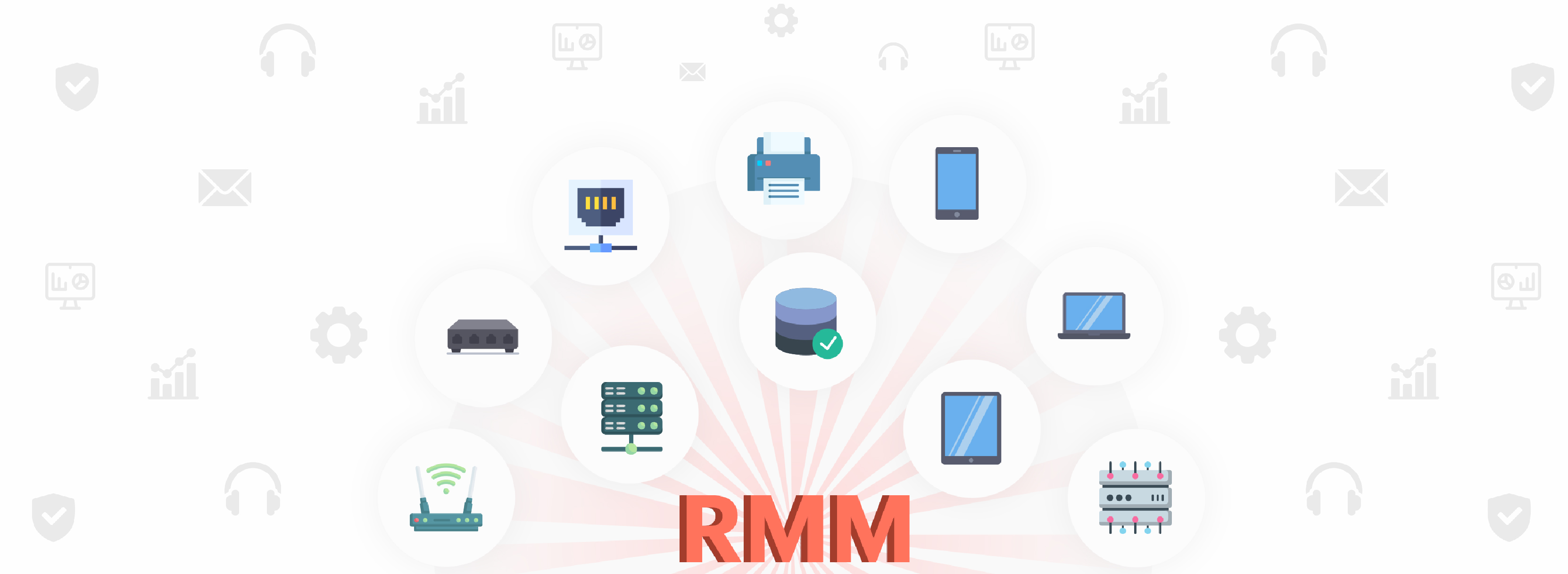RMM stands for Remote Monitoring and Management. It's a software platform that helps Managed Service Providers (MSPs) manage their clients' IT systems, even when they're not physically on site. This is especially important now with more people working from home and an increase in cyber threats. By using RMM software, MSPs can monitor and control their clients' IT operations from a distance, ensuring their systems are working smoothly. Understanding RMM software can help MSPs choose the right solution for their clients' technological needs.
Managed Service Providers (MSPs) are third-party companies that ensure enterprise networks run smoothly without any interruptions. The market for MSPs was worth $152.05 billion in 2020 and is projected to reach $274.20 billion by 2026. To take advantage of this growth, MSPs must provide effective and efficient solutions to IT problems.
To simplify IT operations and manage client networks 24/7, MSPs use Remote Monitoring and Management (RMM) software. This software automates workflows, increases user satisfaction, and improves service quality while reducing operating costs.

Here are some key benefits of using an RMM software:
Here are a few core functions of current RMM software present in the market:
If you're a Managed Service Provider (MSP), choosing the right IT management tool is crucial. You need to make sure it can monitor and manage all your devices. Here are some things you should consider before deciding on an RMM solution.
When using RMM software to manage client data, it's crucial to prioritize data privacy. This not only helps build trust with clients, but also sets the foundation for expanding and keeping a loyal customer base. Essentially, protecting customer data is key to maintaining strong relationships with clients.
As your business grows and evolves, your MSP's RMM software should be able to keep up. It needs to be adaptable, fast, and give you the freedom to manage your client network in the best way possible.
If you're a Managed Service Provider (MSP), automation is essential to keep up with modern technology. RMM software can help you automate daily tasks for your clients, improve the quality of your services, and work on remote projects more efficiently.
Managing and monitoring clients’ IT involves proactively looking out for security threats in the network. RMM software need to proactively identify and remediate vulnerabilities as soon as they’re detected.
Every client network is unique and operates differently. To effectively manage these networks, Managed Service Providers (MSPs) require a Remote Monitoring and Management (RMM) software that supports various operating systems. This ensures that all networks are properly monitored and managed, regardless of their individual structure and function.
RMM software primarily functions as agent-server model. An agent or its equivalent component is installed in every device in the clients' network, be it routers, switches, servers, desktops, laptops or mobile devices. A centralized component is installed in the MSP's server and all the monitoring and management functions are provided from the server end and carried out by the agent.
Are you an MSP struggling to manage your clients' devices from different consoles? RMM Central can help! It's a one-stop solution that provides you with complete visibility into your clients' networks from a single console. With RMM Central, you can simplify the management of all types of devices, both traditional and modern, and provide top-notch customer service.

Try the free, 30-day trial of RMM Central to experience the features offered.